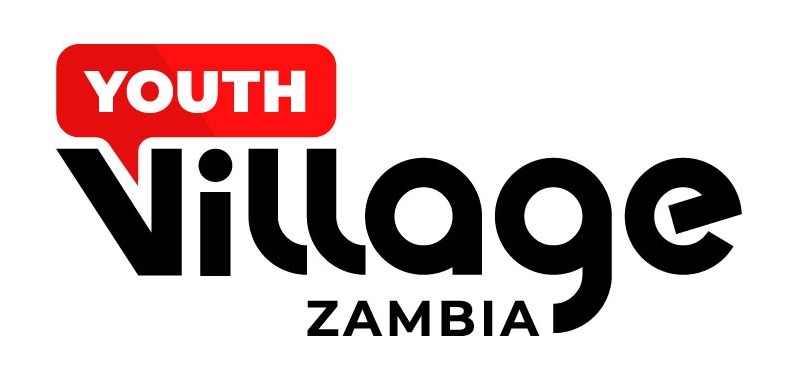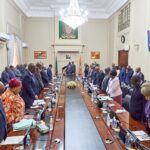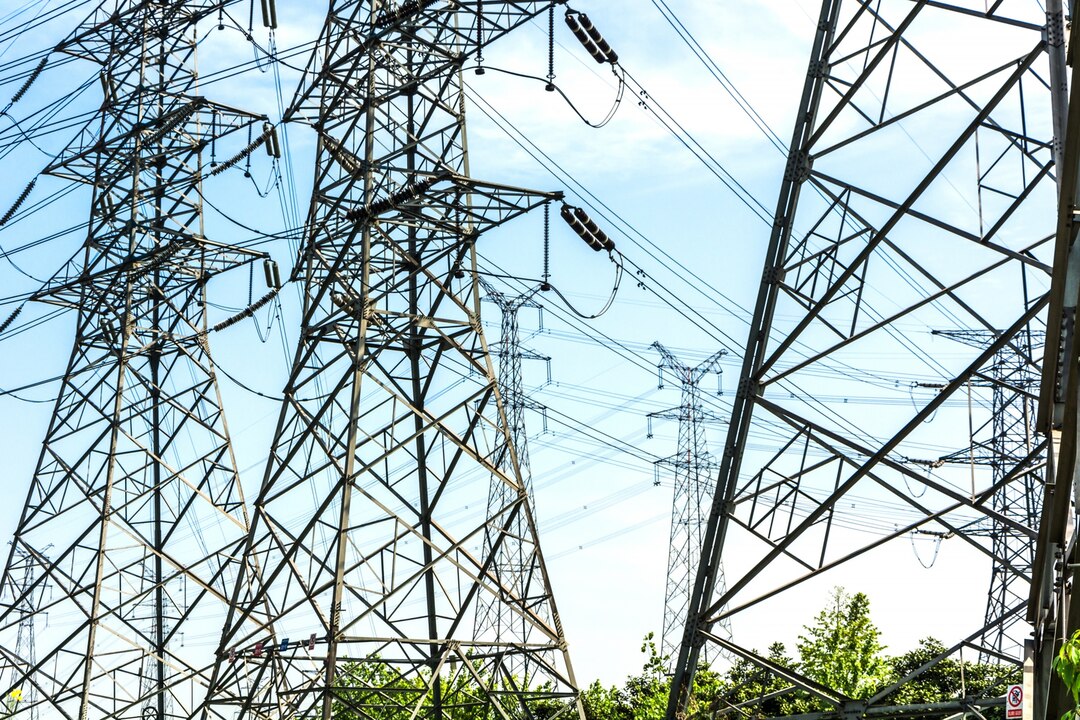Zambia’s energy sector stands at a crossroads. While rising electricity exports have bolstered foreign currency reserves, they pose significant challenges, particularly concerning water usage at the Kariba Dam. The 2024 El Niño-induced drought exposed vulnerabilities in Zambia’s hydropower-dependent system, leading to increased reliance on power imports and economic strain. This article examines the interplay between growing exports, domestic energy demand, and hydropower sustainability, offering solutions for a resilient energy future.
Electricity Generation, Consumption, and Exports
From 2013 to 2023, Zambia’s electricity generation grew steadily, averaging 3.8% annual growth, except for drought-affected years like 2015, 2016, 2019, and 2020. This growth is attributed to new infrastructure investments, including the Maamba coal-fired power station (2016) and Kafue Gorge Lower hydropower station (2021).
Domestic consumption mirrored this trend, growing by 3.2% annually due to rising industrial demand and electrification efforts. However, electricity exports surged significantly, growing at an average annual rate of 40% from 2020 to 2023. This positioned Zambia as a key regional energy supplier but strained its resources.
Major Power Stations and Export Dynamics
Zambia’s electricity generation heavily depends on hydropower plants like Kafue Gorge Upper, Kariba (North Bank and Extension), and Kafue Gorge Lower, alongside Maamba coal-fired station. Together, these facilities contribute 80%-90% of total generation annually.
Kafue Gorge Upper remains the most stable contributor, while Kariba’s output fluctuates due to water variability. The commissioning of Kafue Gorge Lower in 2021 added significant capacity, offsetting Kariba’s declines. Exports surged during this period, primarily supported by Kafue Gorge Lower and Maamba, rather than Kariba. However, export growth has placed additional pressure on water resources, especially during droughts.
Kariba Dam Water Management Challenges
The Kariba Dam, a critical asset, is increasingly vulnerable to climate variability. Between 2014 and 2024, Zambezi River flows fluctuated dramatically, from 9 to 50 billion m³ annually. Despite high flows in 2021, excessive water usage prevented reserve replenishment, leaving the dam ill-prepared for subsequent droughts. Critical lows were recorded in 2019, 2022, and 2024, coinciding with electricity deficits and severe load shedding.
From 2021 to 2023, Zambia exported 5479 GWh of electricity above the historical average, using an estimated 29.1 billion m³ of Kariba water—45% of its storage capacity. Conserving this water could have mitigated the 2024 energy crisis, where a 15% drop in generation led to an estimated 2900 GWh electricity deficit.
The Role of Exports in the Crisis
While exports have not solely driven Kariba’s depletion, rapid growth has exacerbated the strain. Balancing export revenue with domestic energy needs and water conservation is crucial. Risk modeling shows that low-flow years, like 2024’s 1-in-14-year event, are not unprecedented, highlighting the need for robust planning.
Recommendations for a Sustainable Energy Future
To address these challenges, Zambia must adopt a strategic, multi-faceted approach:
- Diversify Energy Sources: Accelerate investment in solar and wind energy to reduce reliance on hydropower.
- Export Policies: Implement export limits during low-flow years to prioritize domestic needs.
- Risk-Based Water Management: Optimize water usage at Kariba Dam to strengthen reserves and ensure sustainability.
- Regional Collaboration: Work with neighboring countries to develop a coordinated energy strategy that balances regional demand with resource conservation.
Zambia faces a delicate balancing act between electricity exports and sustainable energy management. By diversifying energy sources, prioritizing domestic needs, and adopting better water resource strategies, Zambia can secure its energy future while maintaining its position as a regional energy supplier. With strategic planning, the nation can turn current challenges into opportunities for long-term resilience and stability.






